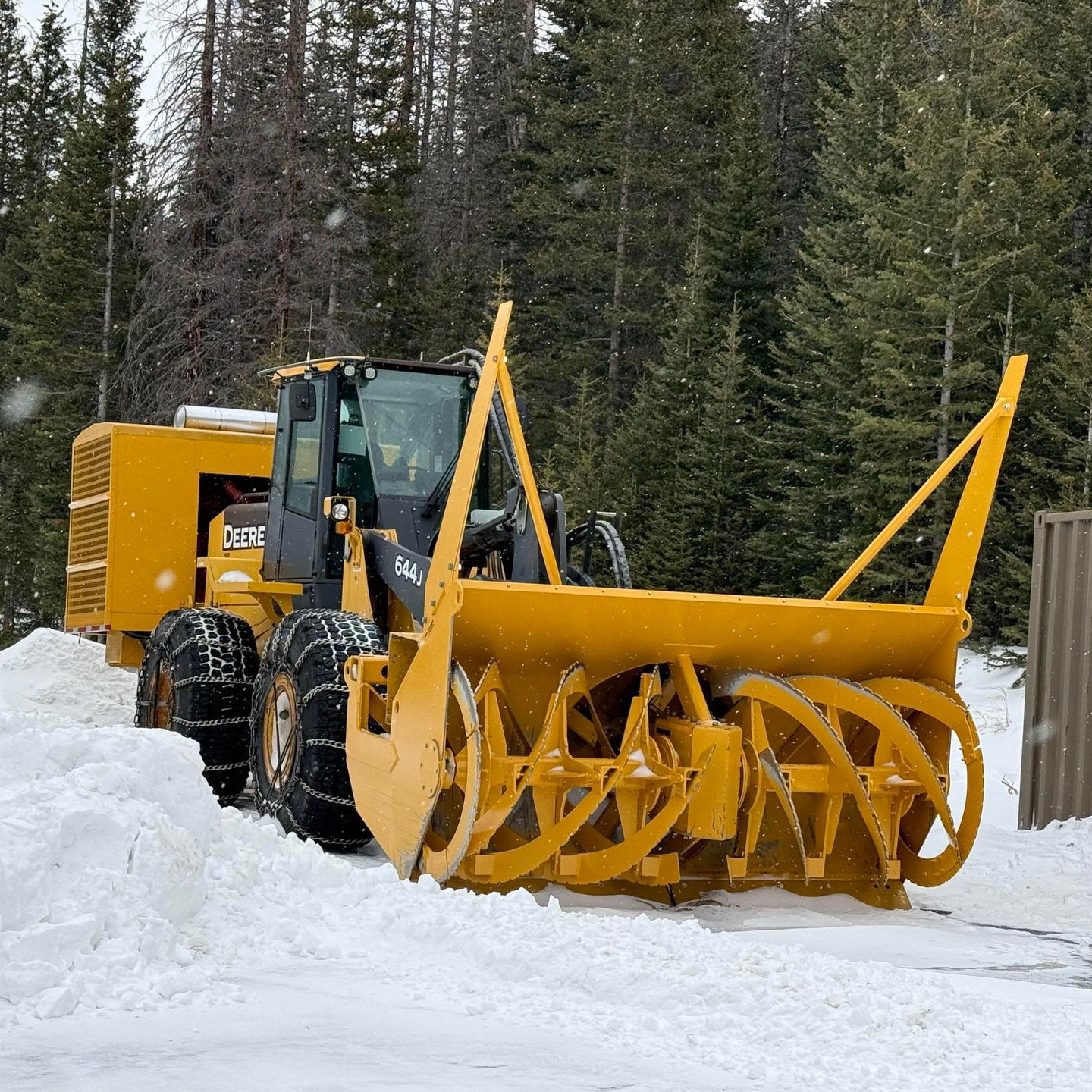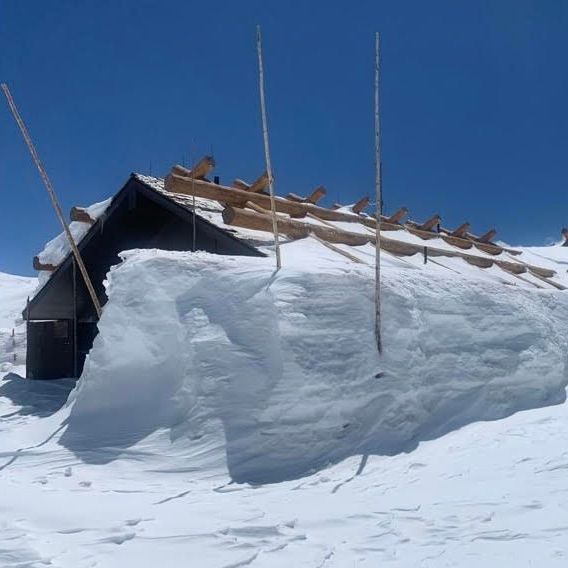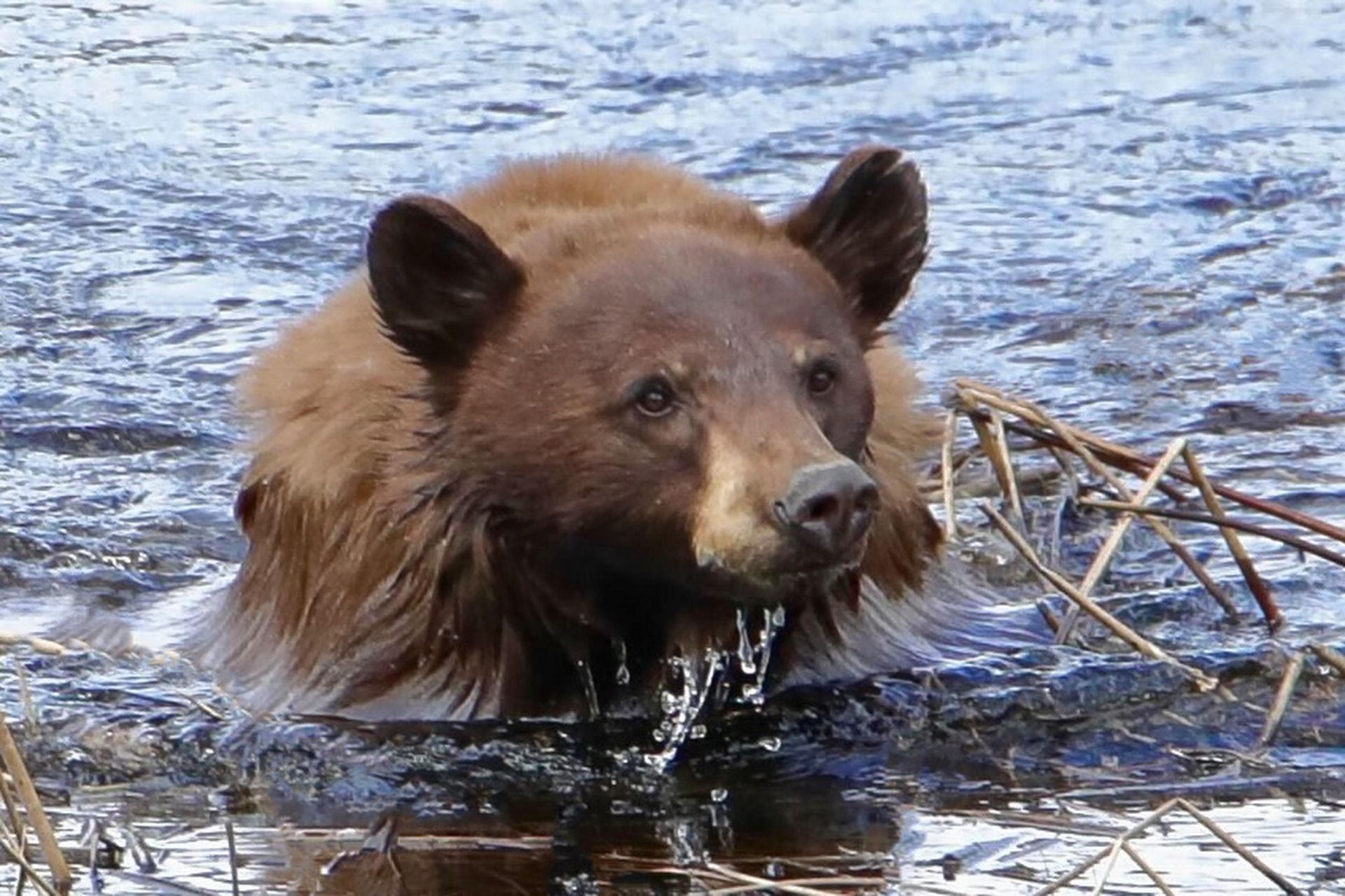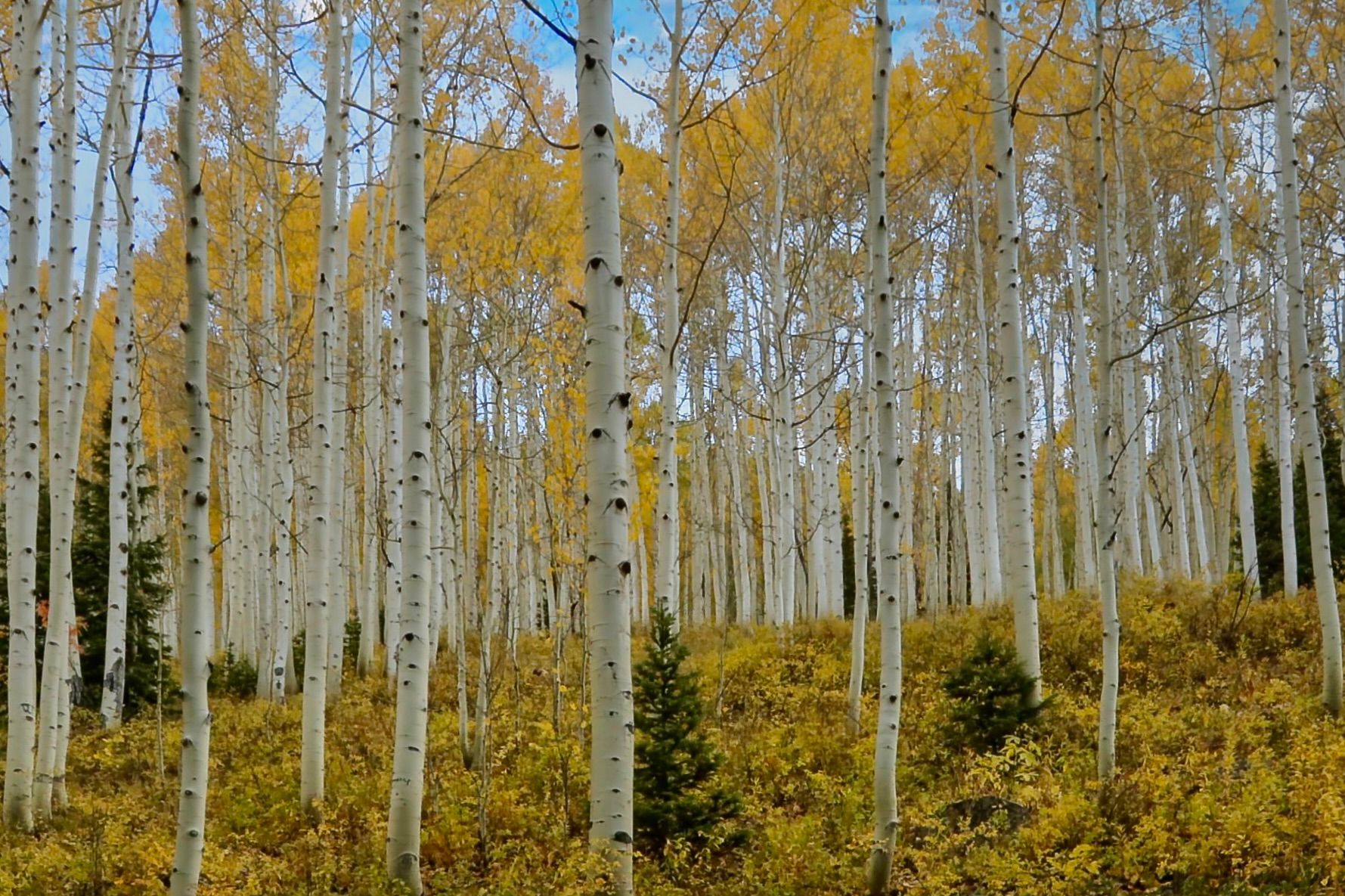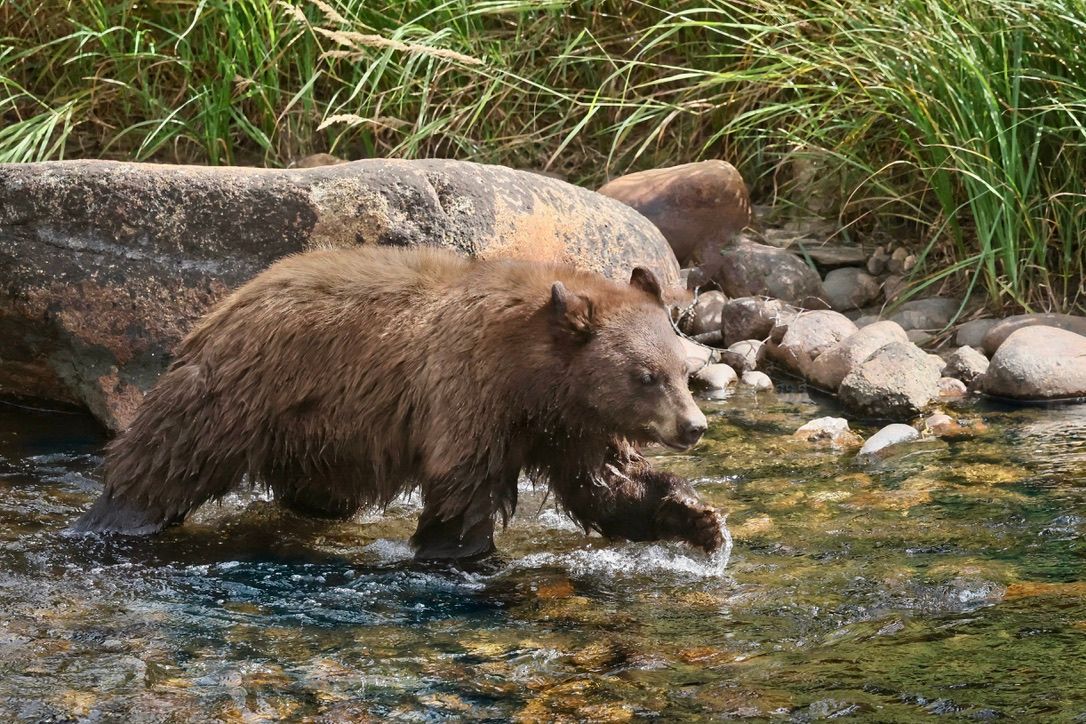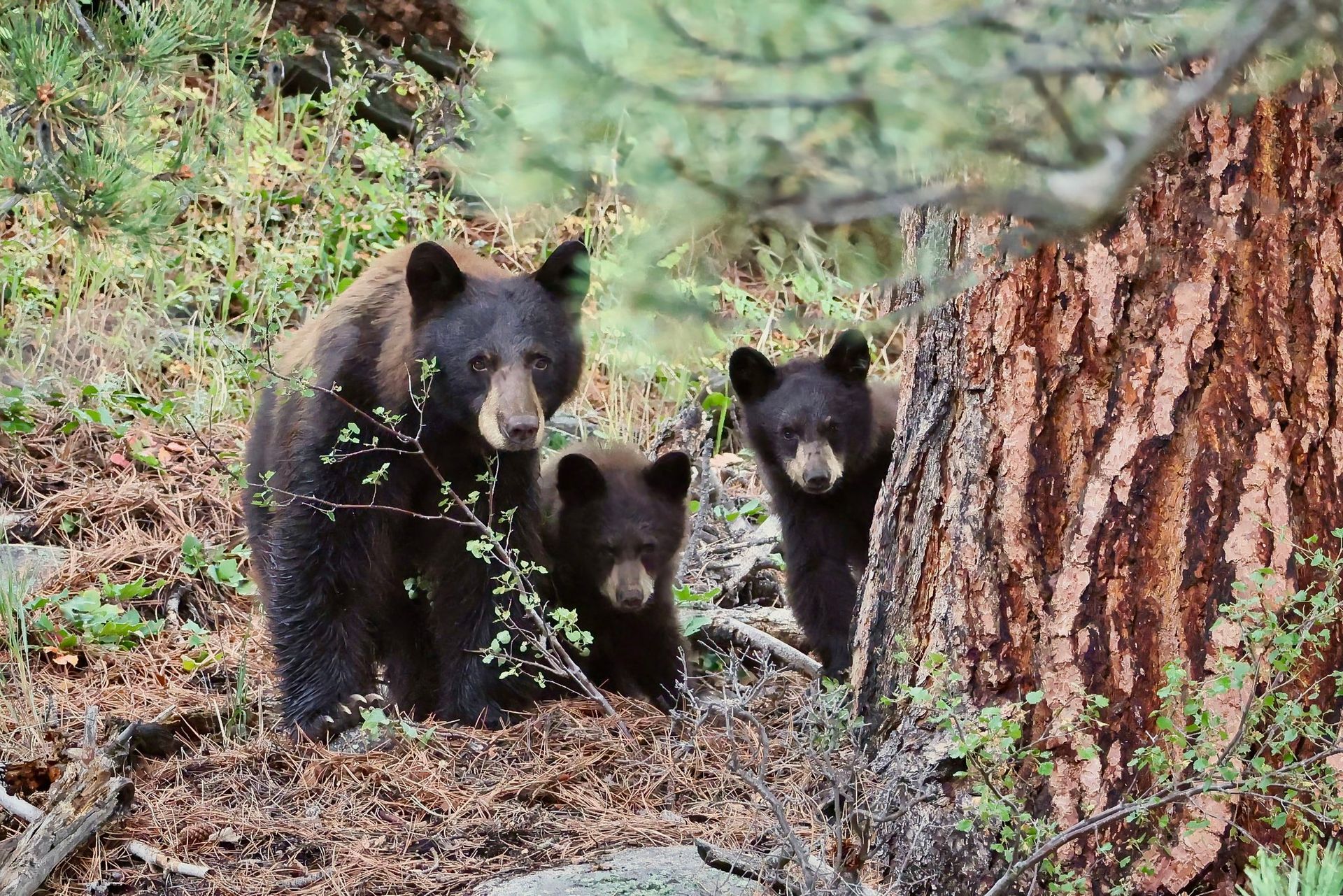Trail Ridge Road - It's High!
Trail Ridge Road - A Love-Hate Relationship
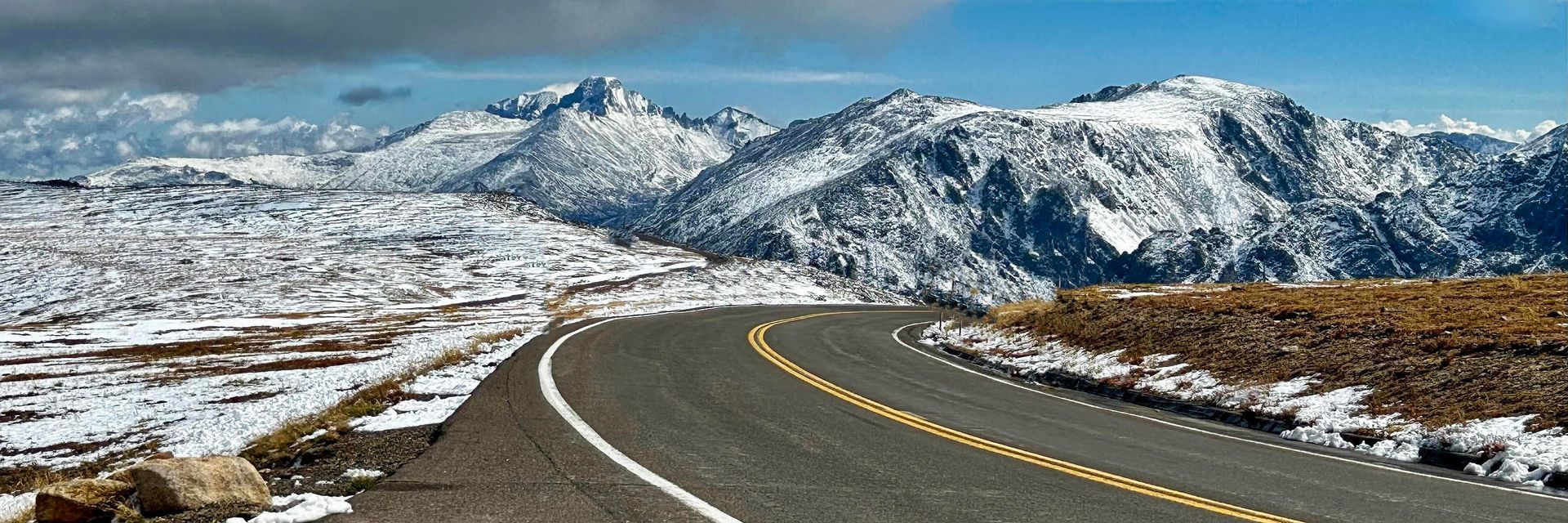
I have a history with Trail Ridge Road. At first it was a love-hate relationship.
In 1972, I first drove over the 12,183 high point. I loved the view, my breath taken by the magnificence of looking across Forest Canyon, seeing the dynamic peaks of Mount IDA and Longs Peak, and off in the distance, the Never Summer Range. Then just past Rock Cut at the curve that peaks Trail Ridge Road as the highest highway in the US, I looked down. That was the hate part of the relationship - looking down.
Today, having driven it literally hundreds of times, I still feel queasy at that 12,183 feet.
Trail Ridge Road, including eight miles above 11,500 ft, is the primary access to RMNP. The road is a wonder for many who pass over the top. Each day throughout the five months of heavy tourism, I guide others Over the Top. Our RMNPhotographer tour guests almost all ask our guides to drive. Many wouldn’t go without us. Chicken, I think? Yep, chickens like I was in 1972 with the queasiness still lingering today.
Purchased by the US in 1803 as part of the Louisiana Purchase, these Rocky Mountains have always been an intriguing land. From the Ute Indians to the daring mountaineers of today, RMNP offers adventure. For some, driving Trail Ridge Road is their greatest adventure.
Enos Mills, the Father of Rocky Mountain National Park traversed the roadless land up and down for many years prior to earning it the national designation of Rocky Mountain National Park in 1915. Having championed the nation's tenth national park, Enos Mills once said, "In years to come when I am asleep beneath the pines, thousands of families will find rest and hope in this park." His vision, I’m sure, has been exceeded today with nearly 4.5 million visitors annually.
Fall River Road, the original road to the top of RMNP, opened in 1920, traversing the Continental Divide. By 1930, the Fall River route was too narrow for the increasing numbers of vehicles. Deep snow and treacherous snow slides plagued the route as did the limited scenic views through the forest.
During the Great Depression of the 1930s, President Franklin Roosevelt offered the New Deal to put people to work through the Civilian Conservation Corps (CCC). With labor readily available, construction on Trail Ridge Road began in September 1929. The first 17.2 mile section was completed from Deer Ridge (8,937') to Fall River Pass (11,794) in July 1932. Professionally-designed, Trail Ridge Road maneuvered through the meadows and forests taking drivers to spectacular heights eventually reaching Grand Lake in 1938.
Construction was challenging due to the rugged environment and difficult conditions. Can you imagine working on the edge in 1930s tractors and graders, using horses and a gas-powered steam shovel to build the road. Talk about queasy.
Yet you must admire the foresight of the planners, those who designed not only the process but the care for our land. Planning efforts sought to preserve the natural landscape by reducing scarring on the land surrounding. Using natural materials, dikes were constructed to minimize scarring and the impact of rock blasting debris. Disturbed rocks were placed lichen-side up, and tundra sod was carefully placed on road banks. Rock formations maintained scenic "window frames” and surrounding rocks were used for rock walls.
Today, what we take for granted and hope will open by Memorial Day, Trail Ridge Road conditions continually challenge our brave and determined RMNP staff. Plowing begins in mid-April, taking an average of 42 days to complete. The rotary plow clears the center line while a second rotary plow widens the road. Where snow drifts reach thirty-five feet, a caterpillar climbs atop and knocks the snow down.
Opening Trial Ridge Road costs approximately $36,000 with another $20,000 plus to open Old Fall River Road. Our RMNP staff does an amazing job. Fighting to find the edge of the road, with late spring snows and dangerous winds, they sometimes must plow and replow. Their determination and skill clears Trail Ridge Road to give us confidence we can drive it with manageable queasiness.
Then in 2022, a 54-year-old man from Florida was driving an SUV near the peak of Trail Ridge Road. With experience driving the highest road in Florida peaking at 347 ft, he made a harrowing mistake. His SUV leaped over the edge, plummeting straight down the treacherous slope for 500 feet.
Luckily, he survived as only Evil Knievell could. Yet today, each time I drive Trail Ridge Road, at the point his SUV turned down instead of up, I think of his terror. Like a horrifying roller coaster without a track, I shudder at the thought.
That’s why I still feel queasy at 12,183 ft.
Source: National Park Service at
https://www.nps.gov/romo/learn/historyculture/trail_ridge_road_history.htm &
https://www.nps.gov/romo/learn/historyculture/brief.htm
Some photos courtesy of the National Park Service


